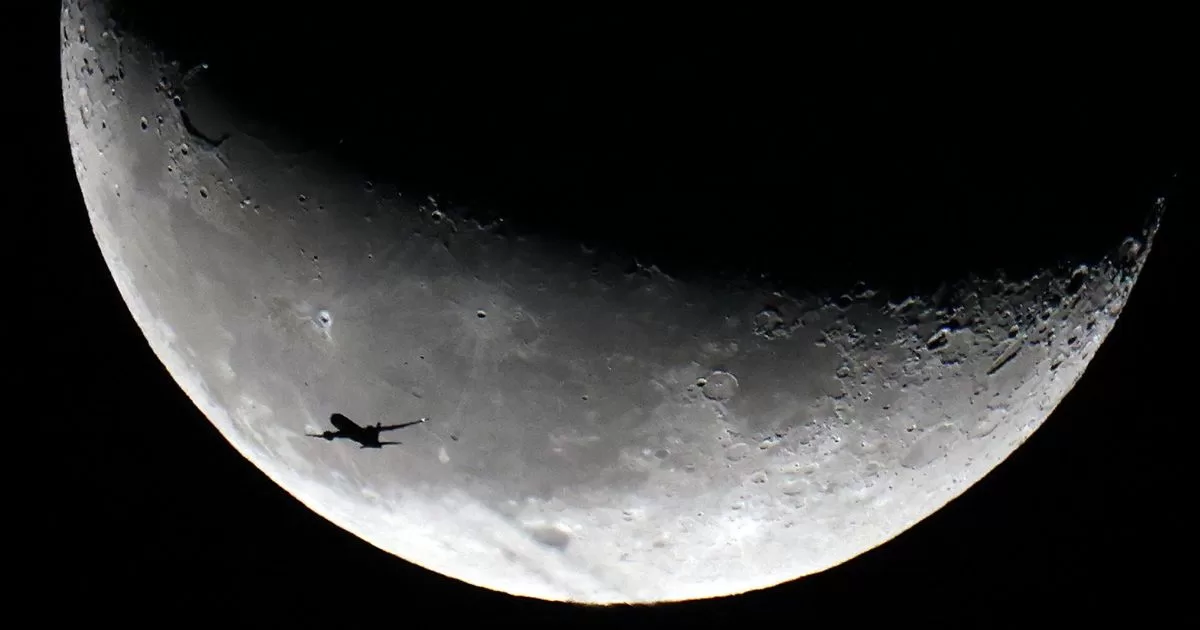CAPE CANAVERAL.- The first American spacecraft that aims to reach the Luna After more than half a century it is ready to take off on Monday morning, but this time, it will be the turn of a private industry artifact.
The new rocket, the Vulcan Centaur from United Launch Alliance (ULA), should take off from the US Space Force Station in Cape Canaveral at 02h18 (0718 GMT) for its maiden voyage, on which it carries the Peregrine lunar landing module. Astrobotic. So far the weather seems favorable for the launch.
If all goes according to plan, Peregrine will land in a mid-latitude region of the Moon called Sinus Viscositatis, or Bay of Stickiness, on February 23.
“Bringing the United States back to the surface of the Moon for the first time since Apollo is a momentous honor,” said John Thornton, CEO of Pittsburgh-based Astrobotic.
Until now, a soft landing on Earth’s natural satellite has only been achieved by a handful of national space agencies: the Soviet Union was the first, in 1966, followed by the United States, which remains the only country to have landed humans on Earth. Moon.
China has successfully touched the surface three times over the past decade, while India was the most recent to achieve the feat on its second attempt last year.
The United States is turning to the private sector in an effort to stimulate a broader lunar economy and send its own spacecraft at low cost, under the Commercial Lunar Payload Services (CLPS) program.
A challenging task
The space agency NASA has paid Astrobotic more than $100 million for the mission, while another contracted company, Houston-based Intuitive Machines, aims to launch its rocket in February and land near the Moon’s south pole.
“We believe it will enable more cost-effective and faster trips to the lunar surface to prepare for Artemis,” said Joel Kearns, NASA’s deputy associate administrator for exploration.
Artemis is the program led by the NASA to return astronauts to lunar soil later this decade, in preparation for future missions to Mars.
The controlled landing in the Luna It is a challenge since approximately half of all attempts end in failure. In the absence of an atmosphere that allows the use of parachutes, a spacecraft must navigate through treacherous terrain using only its thrusters to slow its descent.
Private missions from Israel and Japan, as well as a recent attempt by the Russian space agency, failed, although the Japanese Space Agency aims to achieve the landing of its SLIM module launched last September in mid-January.
Making matters even more complicated is the fact that this is the first liftoff of ULA’s Vulcan, although the company boasts a 100% success rate in its more than 150 previous launches.
The company, a joint venture between Lockheed Martin and Boeing, plans for the new rocket to have reusable first-stage boosters in an attempt to save costs.
On board the Peregrine There is a set of scientific instruments that will be used to study the radiation and composition of the lunar surface, which would pave the way for the return of the astronauts.
It will also carry a shoebox-sized vehicle built by Carnegie Mellon University, a physical Bitcoin and, somewhat controversially, cremated remains and DNA, including those of Star Trek creator Gene Roddenberry, the legendary science fiction author and scientist. Arthur C. Clarke and a dog.
The Navajo Nation, the largest indigenous tribe in the United States, maintained that the mission to the Moon desecrated a body that is sacred to its culture and has advocated for the removal of the cargo. Although they were granted a final meeting with representatives of the White House, NASA and other officials, their objections were ignored.
Source: AFP

